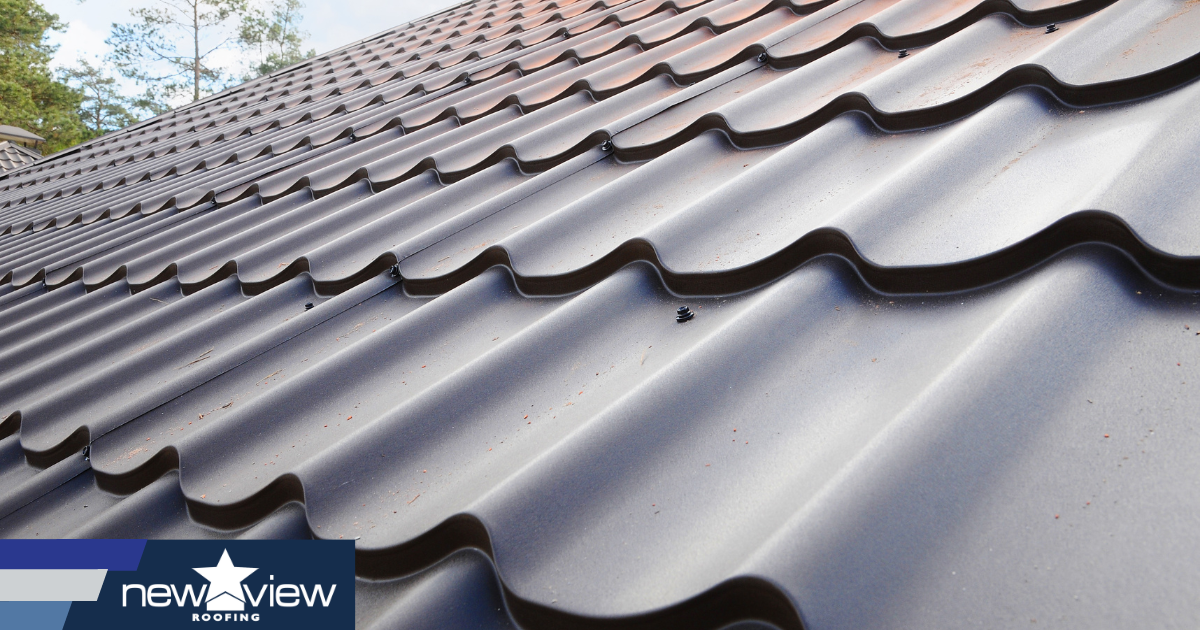Comparing Costs Among Roofing Companies in Gainesville Florida
Comparing Costs Among Roofing Companies in Gainesville Florida
Blog Article
Best Practices for Ensuring Appropriate Roofing Ventilation
Making certain correct roof air flow is critical for the durability and performance of a roof system. A balanced consumption and exhaust vent proportion, frequently 1:300, plays a pivotal duty, with intake vents preferably placed at the lower side of the roof for awesome air entrance and exhaust vents at the top for cozy air exit. Regular assessments to recognize clogs and preserve clear air movement are extremely important. Keeping insulation away from vents is essential to avoid air flow constraint. Recognizing these fundamental components sets the stage for more comprehensive insights into installation and upkeep practices that can substantially improve your roof's efficiency.
Understand Air Flow Essentials
Properly comprehending ventilation basics is crucial for guaranteeing the longevity and efficiency of roof systems. Efficient ventilation reduces moisture accumulation and temperature extremes in the attic room, both of which can bring about considerable architectural damages in time. A well-ventilated roofing system aids in protecting against common issues such as mold and mildew development, timber rot, and ice dams, which can endanger the stability of the roof products and the underlying structures.
The main objective of ventilation is to promote the activity of air, enabling a regular exchange between the exterior and indoor environments. This balance is achieved with a mix of consumption and exhaust vents that interact to preserve optimal air movement. Consumption vents, usually situated along the eaves or soffits, permit fresh air to get in the attic room, while exhaust vents, often positioned at or near the roofing ridge, allow hot, moist air to leave.
Secret elements influencing the performance of roofing ventilation include proper placement, ample sizing, and making certain that both consumption and exhaust vents are unhampered. Regular evaluation and maintenance are vital to identify possible obstructions, damage, or ineffectiveness in the ventilation system, thereby securing the roofing system's efficiency and sturdiness.
Sorts Of Roofing Vents
Roofing system vents play an important duty in keeping reliable attic room ventilation and, by expansion, the overall wellness of the roof. Numerous kinds of roof vents are readily available, each with distinct advantages customized to particular roof requirements. Ridge vents, for instance, are set up along the roofing system's top, enabling cozy, damp air to get away from the attic room. They use continuous air flow and blend seamlessly with the roofline, making them both efficient and visually pleasing.

Soffit vents are mounted under the eaves and operate in tandem with roofing system vents to make certain a balanced intake and exhaust system. By allowing cooler air to go into from below, soffit vents facilitate the expulsion of hot air through top vents. Gable vents, located on the outside walls of the attic room, offer one more reliable service, especially in homes with saddleback roofs.
Analyze Your Current Ventilation

Following, consider the age and problem of your roof products and ventilation elements. Older systems may not abide with present structure codes or may have worn away gradually, decreasing their view it now efficiency. Conduct a thorough exam to recognize any indications of wear and tear, such as rust, damages, or gaps that can compromise the system's performance.
Additionally, determine the attic temperature and moisture degrees. High temperatures and humidity can show poor air flow.
Installation Best Practices
Effective installment of roof covering ventilation systems is critical for making sure optimum performance and long life. Proper installment starts with understanding the details air flow requirements of the roofing system and the building it covers. This includes computing the appropriate ratio of intake to wear down vents, generally adhering to the 1:300 rule, which stipulates one square foot of air flow for every single 300 square feet of attic room flooring area.

The positioning of vents is similarly crucial. Consumption vents ought to be mounted at the roofing's lower edge, usually in the soffits, to permit amazing air to enter. Exhaust vents, on the other hand, must be installed near or at the roofing's peak to facilitate the exit of cozy, moist air. This produces an all-natural airflow that assists maintain temperature and wetness balance within the attic room space.
Seal all vent links thoroughly to avoid air leakages and potential water infiltration. Usage high-quality materials and adhere to supplier guidelines to guarantee longevity and effectiveness. In addition, incorporating ridge vents with baffles can substantially enhance airflow efficiency by preventing wind-driven rain and snow from getting in the attic room.
Inevitably, specific setup of roofing ventilation systems minimizes potential concerns such as mold growth, ice dams, and architectural damage, making certain the roof covering's stability and the structure's general health and wellness.
Regular Upkeep Tips
Consistency in maintenance practices is basic to making sure the lasting performance of roof air flow systems. Throughout these inspections, ensure that vents are free of particles, nests, and various other why not try these out blockages that might impede air movement.
Cleaning the vents is one more necessary task. Make use of a soft brush or a vacuum cleaner to get rid of dust and particles from intake and exhaust vents. Beware not to harm the air vent screens or louvers throughout the process. In addition, evaluate the attic room for any kind of signs of water damage, which could endanger the honesty of the roof covering system.
Proper insulation is similarly crucial. Guarantee that attic room insulation does not obstruct the vents, as this can drastically limit air flow. If any insulation has actually changed or worked out, rearrange or replace it to maintain an effective barrier.
Lastly, replace any type of harmed or missing out on parts quickly. Broken vents, broken tiles, or tatty blinking can all contribute to poor air flow and needs to be addressed immediately. Normal upkeep makes certain that the roofing air flow system functions optimally, consequently extending the lifespan of the roof covering itself.
Conclusion
Making sure proper roofing ventilation is extremely important for preserving the effectiveness and longevity of a roofing system. Adherence to the 1:300 intake and exhaust vent ratio, coupled with the critical placement of vents, is important.
A balanced intake and exhaust air vent ratio, commonly 1:300, plays an essential role, with consumption vents preferably positioned at the reduced side of the roof covering for cool air access and exhaust vents at the height for warm air departure. Consumption vents, commonly located along the eaves or soffits, permit fresh air to go into the attic room, while exhaust vents, typically located at or near the roof covering ridge, make it possible for hot, moist air to run away.
Soffit vents are installed under the eaves and job in tandem with roofing system vents to ensure a balanced consumption and exhaust system. By enabling cooler air to get in from below, why not look here soffit vents promote the expulsion of hot air via upper vents. Adherence to the 1:300 consumption and exhaust air vent proportion, combined with the critical placement of vents, is crucial.
Report this page